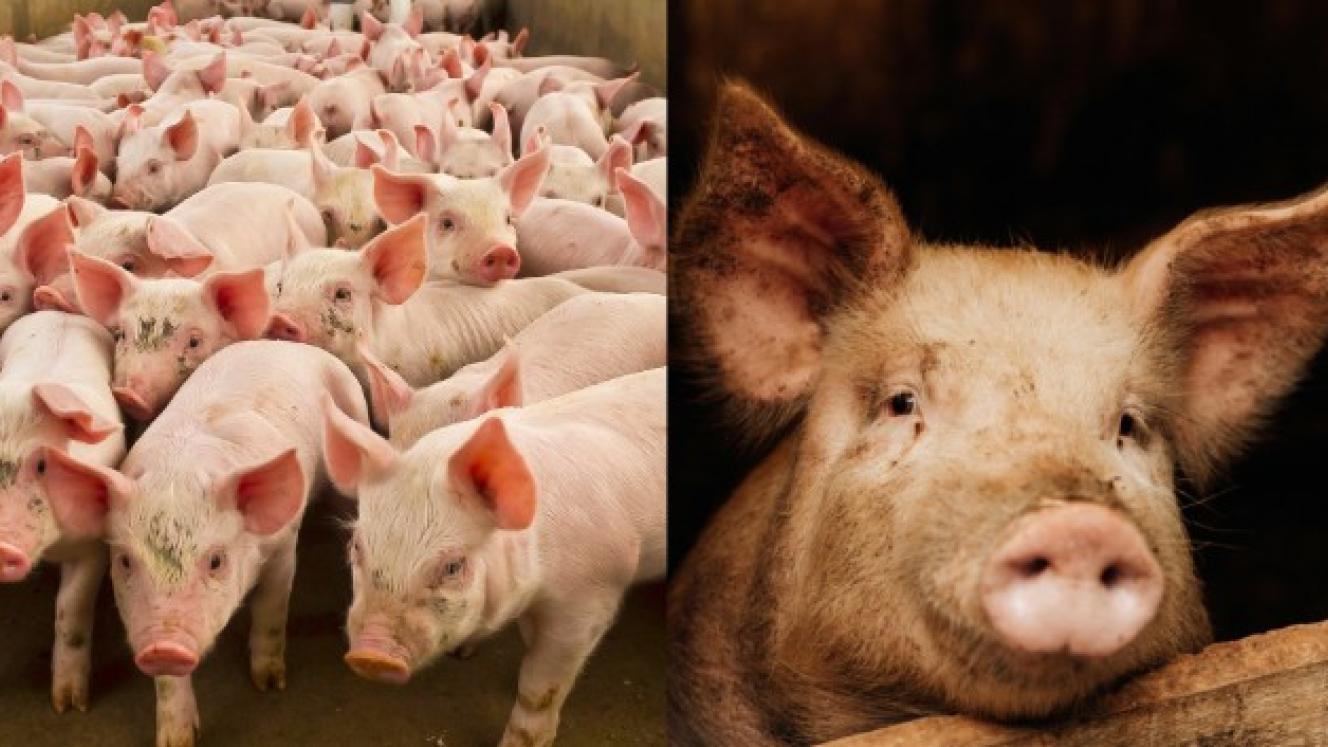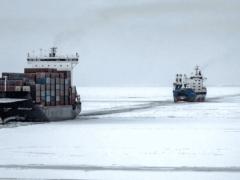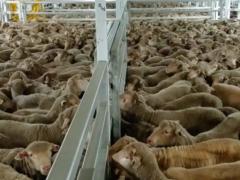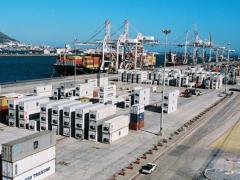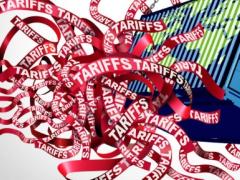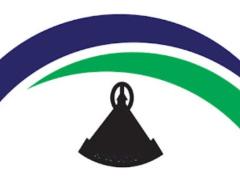Walvis Bay is fast establishing itself as one of the most important transhipment hubs in southern Africa, with the port’s growing capacity and efficiency drawing more cargo through its facilities. According to Waldi Schickerling, branch manager at MSC Namibia, the port has undergone significant changes over the past year, with more direct services and increased vessel sizes enhancing its competitiveness in the region.“We are witnessing a significant shift,” she told Freight News. “Walvis Bay has always had potential, but now, with the added infrastructure and services, we’re finally seeing the benefits. The takeover of terminal operations in November 2024 by Terminal Investment Namibia (TIN) was a game changer, marking the beginning of a new era for the port and the country. As a result, we’ve seen more vessels and greater cargo volumes coming in, particularly in the bulk and project cargo sectors.”One service in particular that has been welcomed is the fortnightly Carioca service from South America directly into Walvis Bay. “This service comes in from Santos, then goes to the Middle East and Far East,” said Michelle Bergh, MSC sales development manager. “There is also a service from Europe to Walvis Bay now. This first direct import service from Europe takes just 23-25 days’ transit time directly into Namibia .”The country also has a direct service from Walvis Bay to Europe, benefiting its exports. “We started with grape exports, and it has been very well received in the market,” said Schickerling. “The first grapes were moved in 2023, and in 2024, we doubled the volume of reefers. We moved 1 280 reefers over six weeks into Europe, with only 16 days’ transit time to Antwerp, London Gateway and Rotterdam. For the grapes, we introduced vessels into Walvis Bay to allow for the direct call. More reliable The service has proved to be far more reliable, with shorter transit times for our grape exporters who, in the past, used the Port of Cape Town. While there have been cost implications, in the end, the value is immense. After the grape season, the service continued and we now have a weekly calling from Walvis Bay to Coega and then on to Europe.”She said by introducing a new service it was offering the market variety. “We can now offer our clients more f lexibility and variety – they can pick and choose services that suit their needs. We are f lexible with feed times, always ensure we have empties available, and work hard to fill our ships. Our open-door policy has been a huge help in building relationships and increasing our market share. We understand the competition, though it’s hard to see it at times, and we’ve spent a lot of time making sure we’re constantly improving and meeting the demands of the market.”According to Bergh, the Walvis Bay container terminal – now capable of accommodating vessels up to 347 metres in length – has played a pivotal role in the transformation seen in recent months. Once further upgrades are completed, the port will be able to berth vessels of up to 360 metres.With the current quay length just 600 metres, plans to extend it have been widely welcomed, as this will soon allow for more than one large vessel to dock at a time.Private investor“The port is really coming into its own,” said Schickerling. “With a private investor on board, the more services we bring in, the better it is for the country. While we are still somewhat restricted by the quay’s length, we don’t face the same weather challenges that many other transhipment hubs in the region do, and berthing delays here are far less severe than in many other southern African ports.”Significant investments are also under way to boost efficiency and capacity. “Two new ship-to-shore cranes have been ordered, along with 30 trucks, 20 trailers, two reach stackers, and two empty handlers. We’re also expecting 11 rubber-tyred gantry cranes by the end of the year. With all this investment, Walvis Bay will continue improving,” she added.Looking ahead, Schickerling said MSC’s goal was to establish its own depot. “At the moment, we use third-party depots, but there’s strong potential for us to bring this in-house in the near future.” LV
